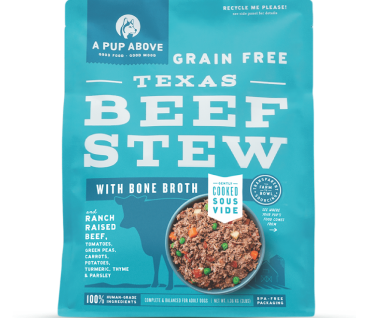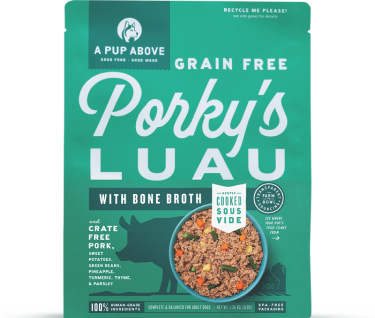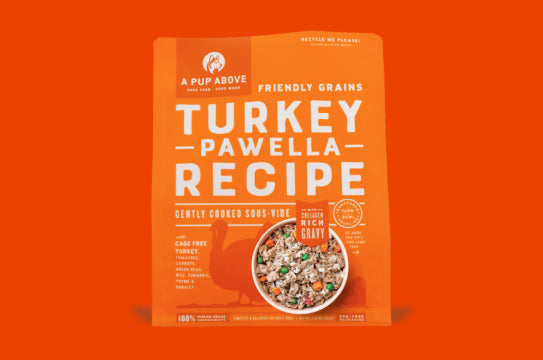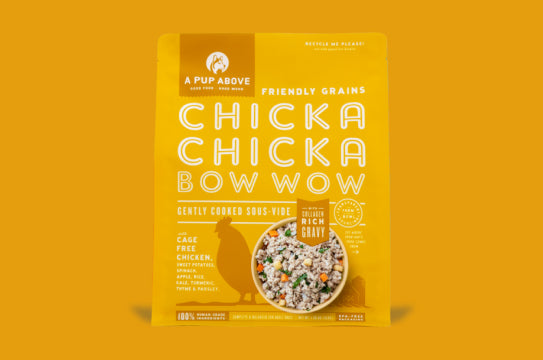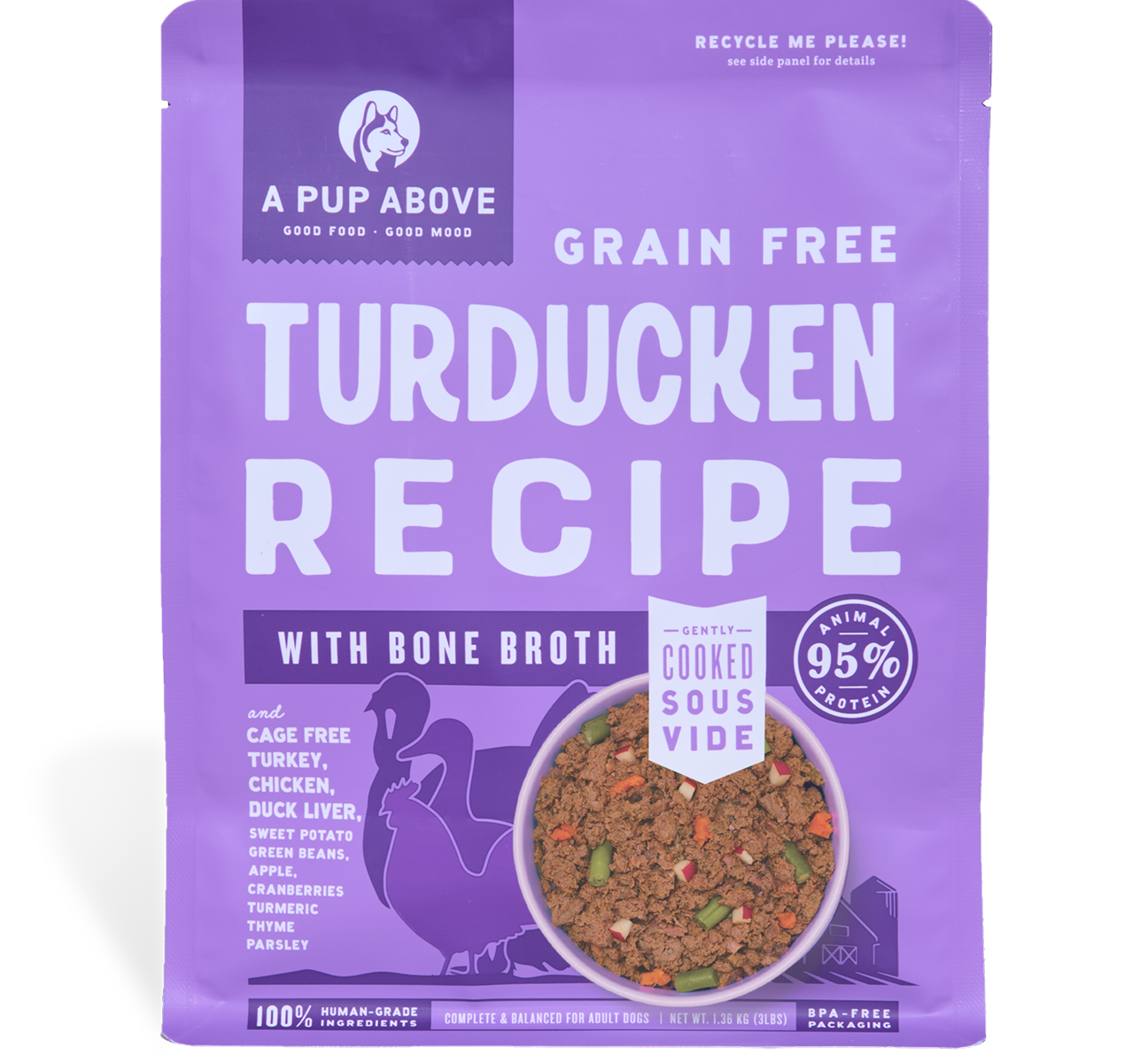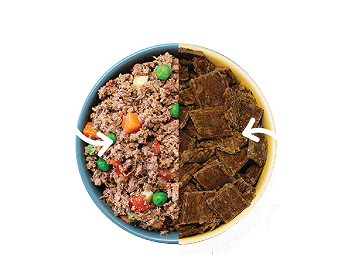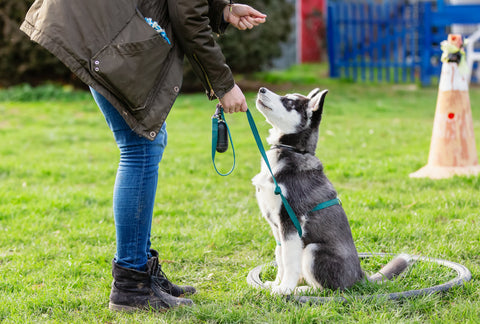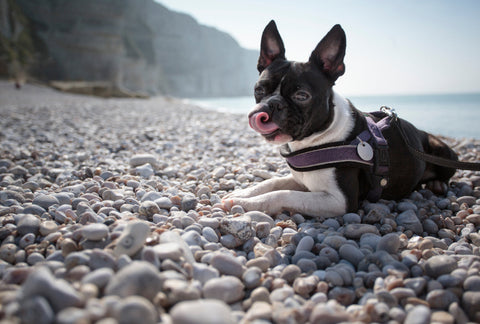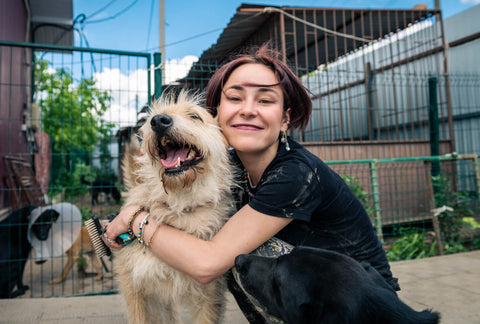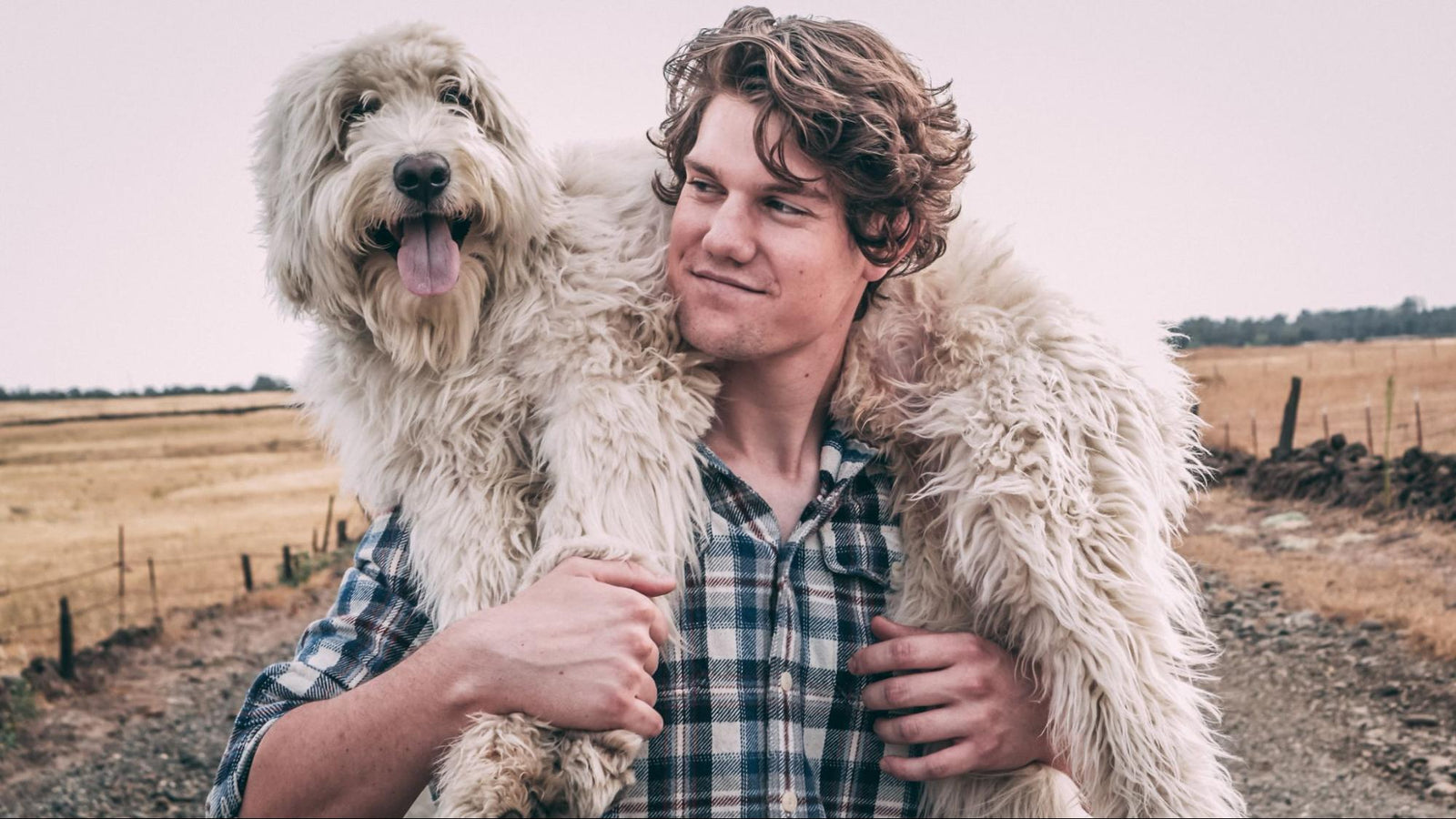
How to Carry a Dog to Prevent Pain and Injury
While it’s true that dogs are usually pretty self-sufficient when it comes to getting around, there may be times where you need to transport your pup by lifting them up. Perhaps your dog is injured or can’t walk, and you need to get them to the vet (or the bath) or perhaps you have a smaller dog and simply find it easier to carry them.
Regardless of the reason, it’s important to know how to carry your dog when you need to. Using an incorrect method can cause your dog pain and may even lead to injuries for both of you. Read on for our tips on how to safely and effectively pick up a dog.
Methods for Lifting Your Dog Safely
When carrying a dog, you’ll always want to make sure that all parts of the dog’s body are supported.
The best method is to bend your knees, place one hand under your dog’s chest, and scoop the other arm around their rear legs.
Alternatively, you can place your arm across the front of your dog’s chest and the other around their rear. Be careful not to put pressure on your dog’s neck with this second method.
Lifting Dogs of Different Sizes
If you have a very small dog, you may be able to carry them with only one arm. Slide your arm under your dog’s chest, with your hand between their front legs, then lift and tuck them into the crook of your arm against your chest.
For a large dog, it’s even more important to ensure that your hands are placed to support their weight correctly. If you’re uncertain whether your dog is too heavy for you, enlist someone to help you lift them, with one person supporting the dog’s head and chest and the other supporting their rear.
If your dog is pregnant, you should avoid lifting them as much as possible. If you do, be careful not to exert too much pressure on their abdominal area. Pregnant dogs should not be overstimulated, so avoid doing anything that may agitate them, such as lifting them.
Once you’ve lifted your dog, it’s best to hug them closely to your chest to provide more support.

Things to Avoid When Lifting Your Dog
-
Don’t lift from under the arms: It’s natural to lift a small child from under the arms, so that may be your instinct when picking up your pup as well. But such a method can be painful for your dog, and put strain on their ligaments and shoulder joints. Always make sure to support your dog’s rear and chest while lifting.
-
Avoid the scruff: You might also think this is a safe way to pick up your dog, since it’s the method that mothers use for their puppies. But adult dogs aren’t meant to be lifted by their scruff, and doing so can lead to serious discomfort and even pain.
-
Don’t disorient them: It’s best to keep your dog in the same position while lifting and as close to your body as possible to help them feel secure. Avoid tipping them forward, turning them from side to side, or bending at the waist when lifting your dog.
Training Your Dog to Be Carried
Some dogs are more resistant to being picked up than others. While some may be practically begging to leap into your arms, other dogs may signal their discomfort with growls, barks, squirming, and even biting.
Training can help dogs become used to being picked up, and can reassure them that the process is safe and familiar.
-
Choose a command word to let your dog know they’re going to be picked up—for example, up or lift. Always say this word before lifting your dog to establish consistency.
-
Use one of the correct methods for carrying your dog, paying attention to their cues. If your dog is resistant, you may want to start by only holding your dog but not standing up, then progress once they’re comfortable being held.
-
Reward your pup with a treat once you’ve successfully picked them up. Positive reinforcement can go a long way to get your dog used to being carried.
If you’re certain that you’re using the right method to lift your dog and train them, but your dog is still expressing discomfort when picked up, it may be a sign of a health problem that’s causing pain. Spine problems, arthritis, muscle strains and ear infections can all lead dogs to be wary of being handled.
If this is the case, it’s important to check with your vet to find out if there’s a problem and see what can be done. In the meantime, avoid lifting your dog as much as possible.

Alternatives to Lifting
If your pup doesn’t like being picked up or shouldn’t be lifted due a health condition, it’s important to avoid doing so unless absolutely necessary.
-
If you want to avoid having to lift your dog onto higher furniture or into the car, consider a ramp or small set of stairs to help make the height more manageable for them.
-
For small dogs, you can try having them jump into your lap while sitting, then hug them to your chest and stand from there.
-
Another great option for small to medium-sized dogs is to have them step into a crate or basket, then pick up the basket to carry them. This can allow your dog more freedom of movement and support while being carried. You may want to pad the basket with towels or a blanket to prevent your dog from slipping around.
There are many ways to transport your dog, but always prioritize their comfort when you have to carry them from one place to another.
Top Stories

Why Do Dogs Lick Their Paws?

Why Do Dogs Whimper & Make Noises in Their Sleep?

Healthy Vet-Approved Homemade Dog Food Recipes

How To Cook Sweet Potatoes for Dogs



